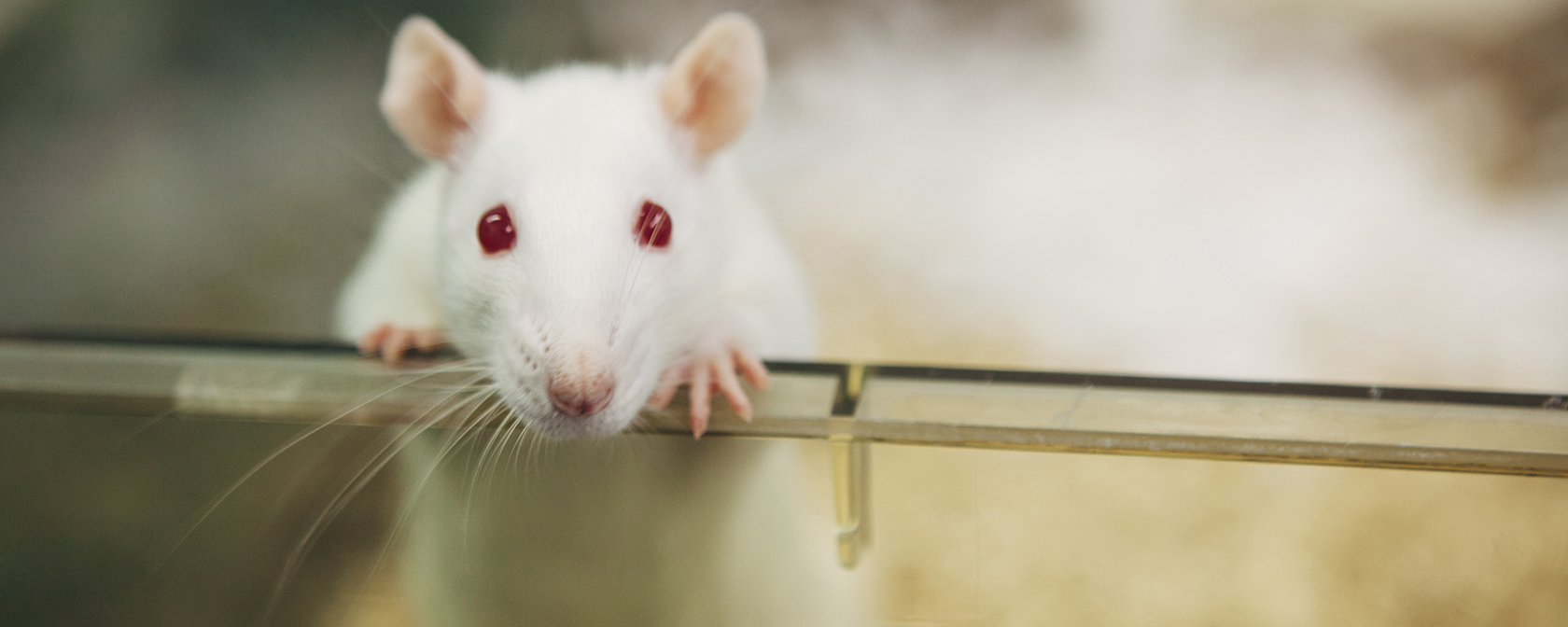By Sara Amundson and Kitty Block
At midnight last night, the U.S. federal government shut down because Congress failed to pass funding legislation for the government in the new fiscal year, which begins October 1. When a shutdown occurs, “non-essential” federal workers are furloughed, which means they are placed on temporary leave in accordance with agency contingency plans. Some workers remain to continue operations deemed “essential,” typically working without pay until the federal government reopens.
The federal government plays a significant role in upholding animal welfare, so there can be wide impacts on animals during a shutdown. Any cuts in staffing can leave animals—wild, farmed and companion—more vulnerable to harm.
What makes this shutdown different from past shutdowns is that the White House is issuing guidance that federal agencies should “use this opportunity to consider Reduction in Force (RIF) notices for all employees in programs, projects, or activities” that are not funded and are not consistent with the president’s priorities; while other work is stymied, this work to carry out reduction in force notices to continue. This comes on top of funding cuts that already impact the federal government’s bandwidth to enforce animal welfare regulations.
Here is a rundown of federal agencies’ plans during this particularly worrisome U.S. government shutdown and how they may impact animals:
Animals in puppy mills, zoos, circuses, shows, competitions and research facilities
During a shutdown, the teams responsible for inspecting research facilities, puppy mills, zoos, circuses, and horse shows and competitions covered by the Animal Welfare Act and the Horse Protection Act are furloughed. This comes after there has already been a significant reduction in U.S. Department of Agriculture inspectors, who are in charge of enforcing animal welfare regulations under those laws. During a shutdown, while some staff are placed on-call for emergency situations, all other activities cease; this includes the conducting of inspections, which is the primary tool the federal government uses to protect these animals. This means these facilities may cut more corners when it comes to animal welfare with little fear of enforcement.
Animals in national parks and wildlife refuges
According to the agency’s latest plan and recent reporting, most National Park Service sites will remain open to the public during the shutdown; some may provide minimal visitor services and some may not. While law enforcement and emergency response activities, as well as border and coastal protection and surveillance, are generally deemed essential, animals can be harmed and ecosystems can be damaged if national parks receive visitors without a way to safely collect and contain trash.
Most national wildlife refuges will likely close throughout the shutdown, unless the government determines that allowing activity on these sites will not require the presence of any federal employee or contractor. However, the U.S. Fish and Wildlife Service considers law enforcement staff members at refuges—and animal caretakers generally—to provide “essential” functions and indicates they will remain on duty.
Wild horses and burros
The Bureau of Land Management considers the management of holding facilities that house wild horses and burros to be essential, indicating that plans are in place to feed and care for the more than 60,000 wild horses and burros that depend on government workers for their everyday wellbeing. On the other hand, actions involving wild horses and burros who roam free on our public lands (such as scheduled roundups and removals) will likely not proceed until the shutdown has ended.
Trafficked wildlife
Combatting wildlife trafficking involves many parts of the federal government. The most recent plan for the Fish and Wildlife Service generally considers as “essential” law enforcement activities necessary to protect human life and property, including criminal investigators and conservation officers. Wildlife inspectors will also keep working in a shutdown—they are funded outside the annual appropriations process.
Another key agency, the Department of Homeland Security, also plans for some law enforcement activities to continue in the event of a shutdown—including, for example, examining cargo at ports of entry.
Farmed animals
The inspection of meat, poultry and egg products continues throughout the duration of a government shutdown, although enforcement and investigations can only continue with respect to ensuring food supply safety so humane handling violations could be overlooked. Additionally, 29 states run meat and poultry inspection programs responsible for inspecting about 1,450 meat and poultry facilities; these programs could run out of funding during shutdown, given that the Food Safety and Inspection Service provides up to 50% of a state’s funds for the program.
Animals in federal research
For animals in federal research facilities at the National Institutes of Health and the Food and Drug Administration, basic oversight continues, including the care and feeding of any animals associated with research activities. However, work to phase out animal testing, in line with the FDA’s roadmap and the memorandum of understanding between the FDA and NIH, will likely not continue during the shutdown, which will slow progress on developing alternatives to animal testing. Any delay in this shift away from animal testing for which we’ve been advocating for decades is a delay too long. Another possible—and heartbreaking—risk is that, if NIH research grant funding is delayed, researchers may have to euthanize animal research subjects while funding is put on hold, only to bring in new animals for research once the funding comes through.
Almost 90% of the Environmental Protection Agency’s staff is furloughed during this government shutdown, and the limited staff excepted can only ensure critical operating requirements. This is a blow, especially considering that earlier this year the EPA announced plans to close its Office of Research and Development, which was the office actively developing, testing and applying non-animal methods. And earlier this week, public reporting indicated that the EPA would be offering another “early out” to the staff from ORD who haven’t already been relocated. Given these announcements, the EPA seems highly susceptible to further permanent staffing reductions during the shutdown, which could harm progress toward the EPA’s stated goal to eliminate animal testing.
We have been closely engaging with Congress’s appropriations work to help the countless animals who are impacted by funding and staffing decisions. We will continue to do this work in order to fight for a nation—and a world—in which animals do not suffer.
Kitty Block is CEO and president of Humane World for Animals.




